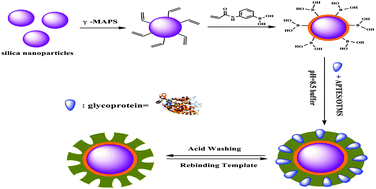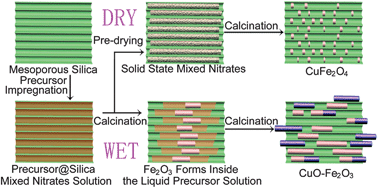Glycoproteins are abundant in living organisms and appear in nearly every biological process studied. There are also many clinical biomarkers and therapeutic targets that are glycoproteins. The diverse function of glycoproteins is due to their structure – they consist of a polypeptide covalently bonded to a carbohydrate moiety.
The recognition and analysis of glycoproteins can be tricky. Mass spectrometry has proven a powerful tool; however when glycoproteins are in low abundance an enrichment process is required in order to see the proteins. In order to improve glycoprotein recognition Lin et al have developed a novel imprinting strategy using reversible covalent complexation of glycoprotein to create glycoprotein-specific recognition cavities on 3-acrylamidophenylboronic acid-immobilized silica nanoparticles (SiO2@AAPBA).
When tested the materials exhibited high glycoprotein adsorption capacity and excellent recognition selectivity not just between glycoproteins and non-glycoproteins but also between specific glycoproteins themselves.
Zian Lin, Lixiang Sun, Wei Lui, Zhiwei Xia, Huanghao Yang and Guonan Chen,
J. Mater. Chem. B, 2014, 2, 637-643. C3TB21520B
H. L. Parker is a guest web writer for the Journal of Materials Chemistry blog. She currently works at the Green Chemistry Centre of Excellence, the University of York.
To keep up-to-date with all the latest research, sign-up to our RSS feed or Table of contents alert.













